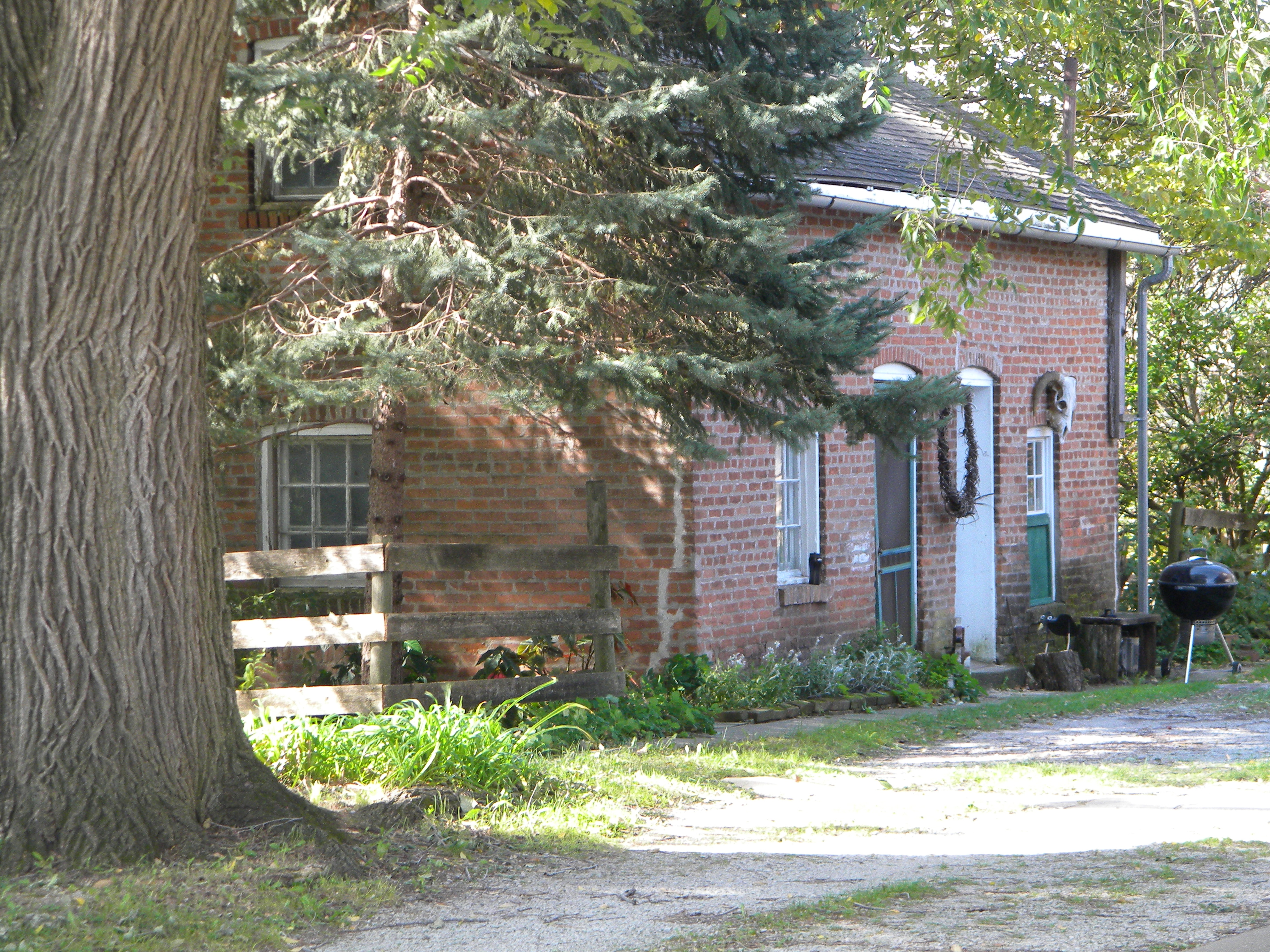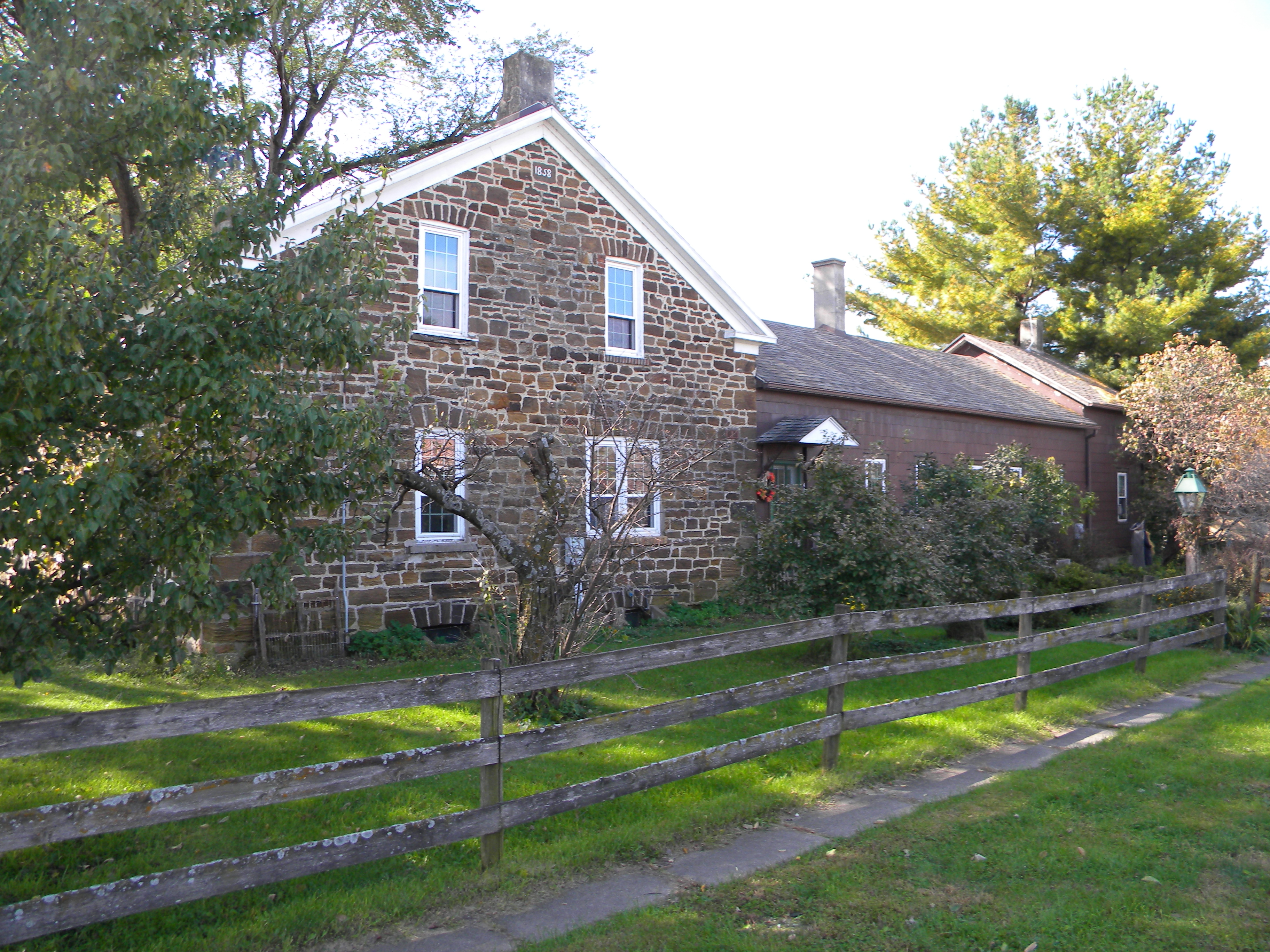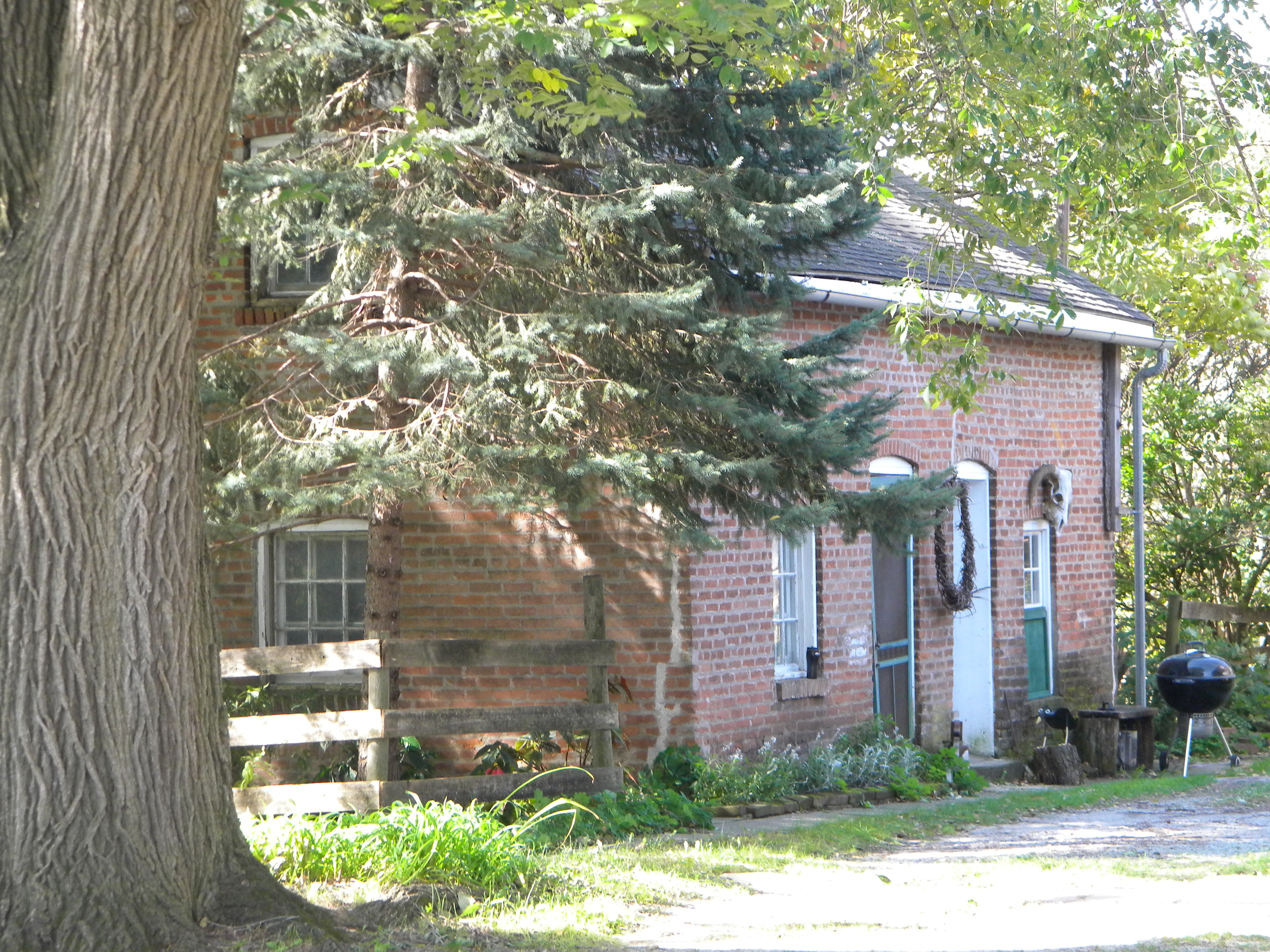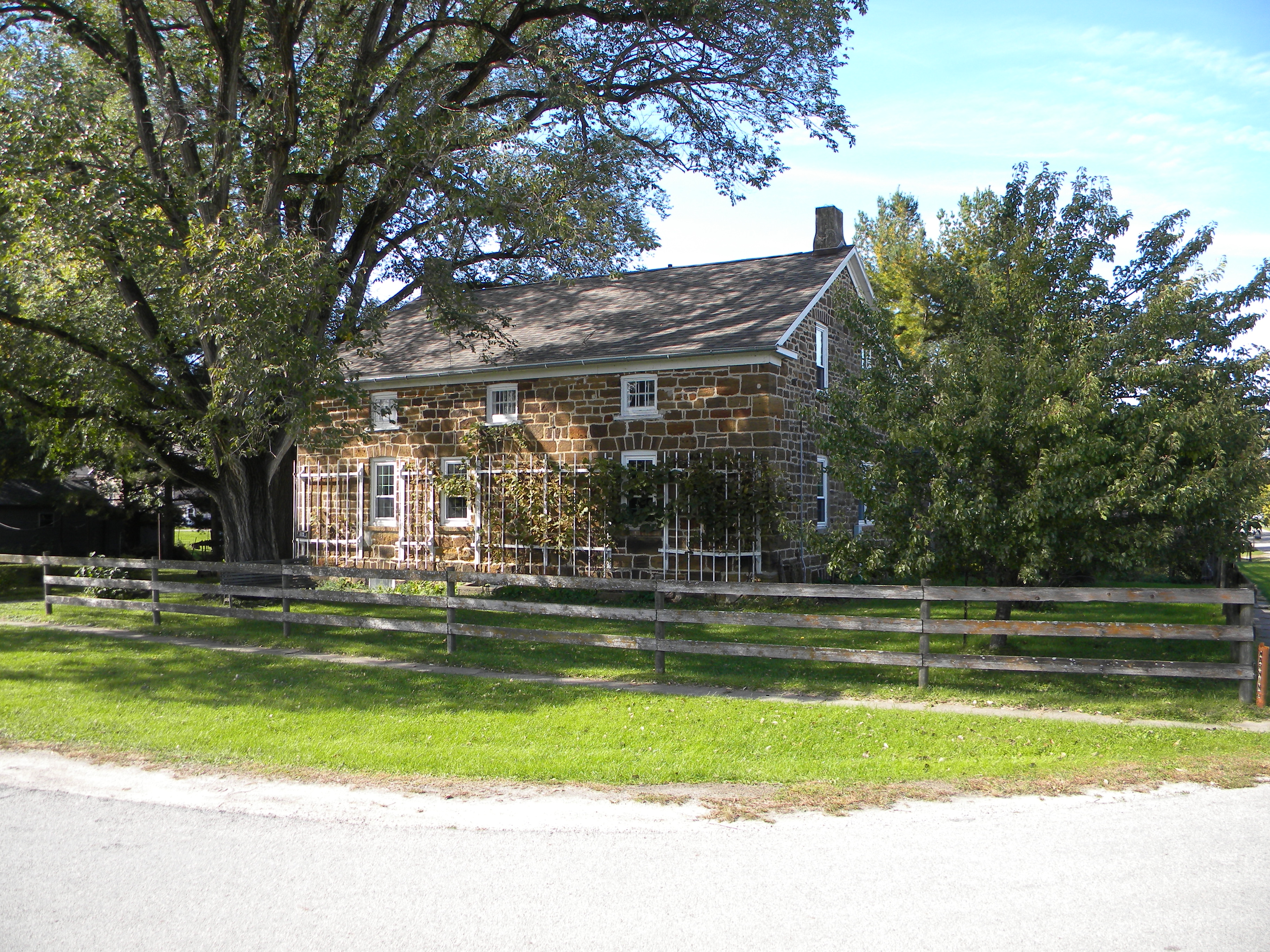



At one time the Amana Colonies sported 50 some communal kitchens, each served about 40 members 5 meals per day. The communal kitchens resembled other homes, except for an extension to the side of the main building. While today it seems very odd that the homes did not have kitchens and that all meals where prepared and eaten as a group in the communal kitchen it was a matter of efficiency. Feeding the community was accomplished much easier under this dining system. Men and women ate separately and with minimal conversation. Each communal kitchen had a Küchebaas (or kitchen boss) who directed 3-4 young women in the preparation of three meals and two “snacks” and also supervised the tending of the gardens and preservation of fruits and vegetables for the winter. The Küchebaas lived in the adjoining house with her family. The village butcher made deliveries of meat products, the dairy supplied milk, and flour and sugar came from the general store. This style of dining also influenced the types of meals that were cooked since the cook was always preparing for 40 people.
The Amana Colonies have become famous for our restaurants and today’s family style dining received its start in the communal kitchens. Serving the food in family bowls and passing them around the table is how things were done in communal Amana and this carried over to the first of the restaurants.
Note the small brick out building to the left. It is divided into two parts. The east half was the chicken house that supplied eggs and chickens to the communal kitchen and the west half was the wash house. It contains a raised hearth where wash water was boiled.
Today this property is a private residence.
Read Full TranscriptDirection to the Next Stop: Go south on 46th Ave to the corner and cross the street, then take diagonal 47th Ave to the end of the street.